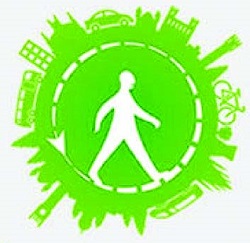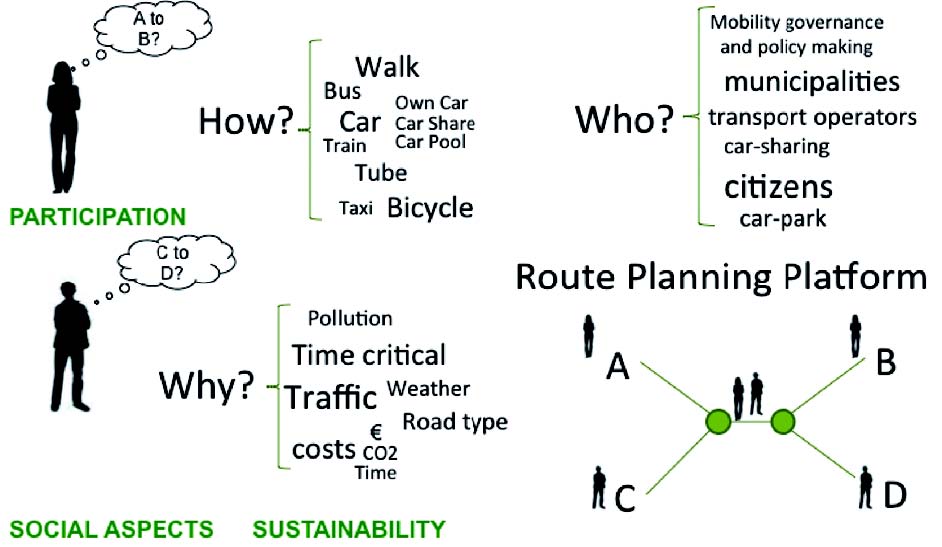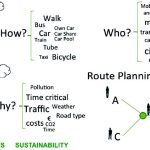
SUPERHUB is a European co-funded project involving 20 partners,
Barcelona ATM and Helsinki HSL among them, from 6 different
Countries. In 2014, after 36 months of research, development and largescale
trials, SUPERHUB will unveil an open source platform for PC and mobile applications which will be able to plan customized urban routes, combining in
real time all mobility offers from both public and private sectors. People using SUPERHUB will not just be passive recipients of data, but will also be able to provide information to other SUPERHUB users, creating an active community.
Finally, the mobility data generated by the citizens may be used by professionals and policy makers to plan near future interventions on public transport and urban mobility. After two years of work, the SUPERHUB consortium can disseminate and share its first results.
SuperHub will be able to integrate real-time public and
private mobility services, and offer users more options of
route and means of transport, classified according to
personal preferences and needs, and the environmental
impact produced (CO2 emissions associated with each
option). This will create a new ecosystem of urban mobility
services. Benefits for the individual users and the community
are obvious: you can take advantage of mobility “tailored
packages” and promote more effectively the adoption of
a positive approach to help reduce the ecological footprint.
Three cities were chosen for the field trials: Barcelona,
Helsinki and Milan, clearly distinct contexts that will meet
data with a high degree of heterogeneity. In Barcelona, the
work is being focused on mobility disruptive scenarios and
management of major events; in Helsinki on the analysis of
possible interactions between ICT systems and end users; in Milan, it is being held the main trial, with the cooperation
of 600 people being monitored in their journeys and
mobility choices.

Citizens in all three cities want Real time information,
integrated across transport modes, with real journey
durations, parking, and taking context (e.g., weather) and
user profiles into account, which means:
- Provide a cent ral ized solut ion for real
multimodality, mixing both private transport
means with real time information from all mobility
offers in the cities ; - Engage the citizen to be part of the solution,
from its definition to its final testing in real life
deployments ; - Increase the adoption of public transport and
more sustainable mobility habits among the
citizens ; - Build an open source platform that will enable
the creation of an ecosystem for mobility solutions.
Xavier Rosello, assistant technical director:


